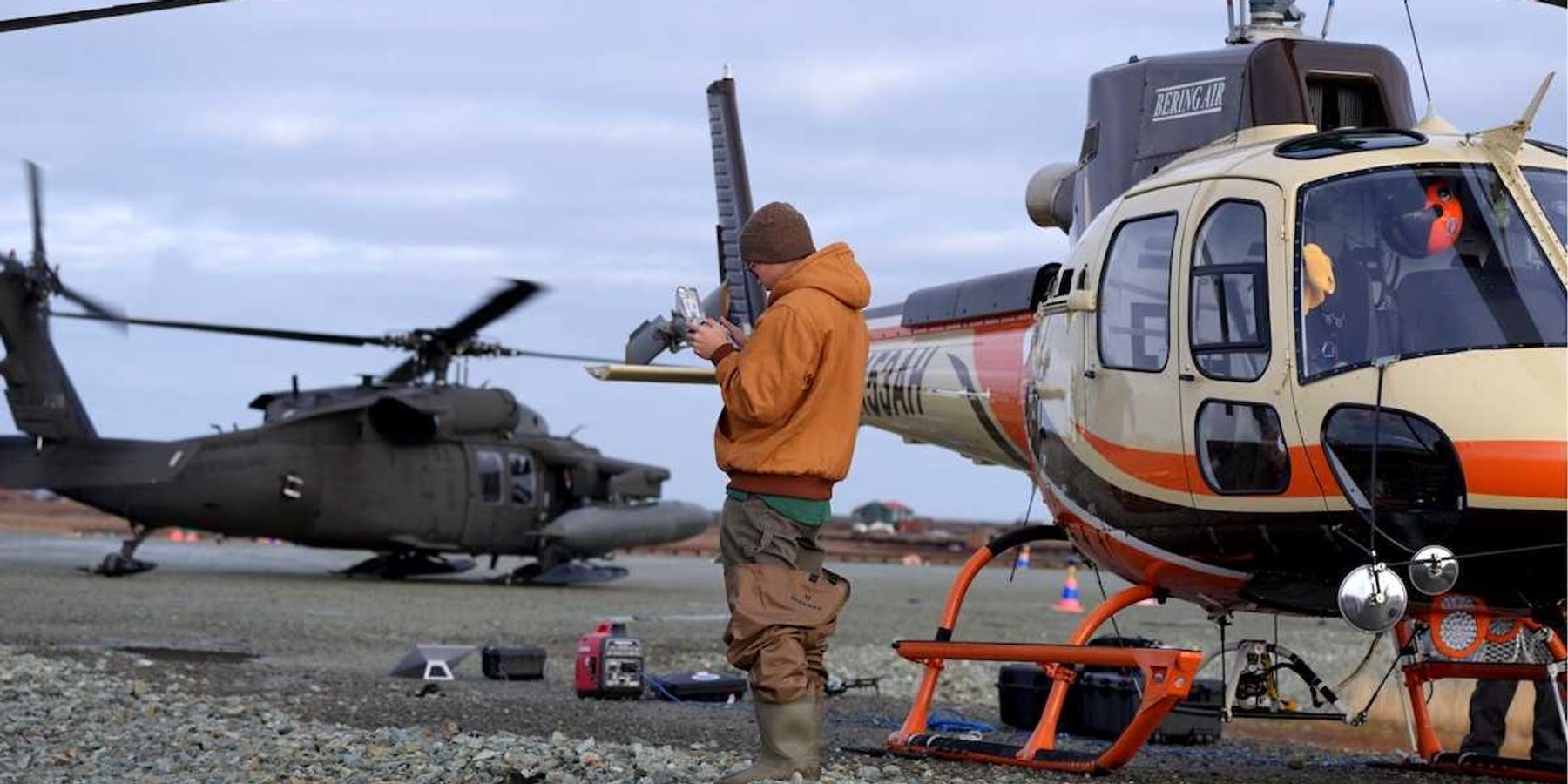
Peter Dykstra: Of sports and endangered species
Want the general public to care about the fate of wolverines or bengals? Put football helmets on them.
Wolverine range in the U.S. has declined substantially.
The ill-tempered beasts can only be found in the mountains of the Northern Rockies and the Cascades range, and a hundred-yard long patch of grass in Ann Arbor, Michigan.
The University of Michigan Wolverines ranked fourth in licensed merchandise sales this year. This includes not just the football Wolverines, but 28 other men's and women's varsity sports, but it does not include presumably much larger income in ad and broadcast revenue, alumni contributions, ticket sales, and much more.
Overall, the college sports merchandise biz totals $4.6 billion. The Wolverines' sales trail two other vanishing animals and an ethnic stereotype, the Texas Longhorns, the Alabama Crimson Tide (who deploy an elephant as their symbol, go figure), and the Notre Dame Fighting Irish
This cashflow is even more impressive when two more facts are tossed in: 1) Wolverines – the four-legged ones – are actually the feistiest members of the weasel family; and 2) There hasn't been a four-legged wolverine spotted in the state of Michigan since the 19th century.
The wolverines of the Northwest keep no such data but it's widely believed that public interest and expenditures are considerably less.
It's the same way with Tigers – the baseball ones in Detroit and the college ones at Clemson, Missouri, LSU, and Princeton, among others, not to mention the Cincinnati Bengals. The annual rivalry match between the two best-known historically black colleges, the Grambling Tigers and the Southern Jaguars, could well be called the Battle of the Endangered Cats.
There are several endangered dolphin species. Bighorn sheep ("Rams") have declined from an estimated 1.5 to 2 million in the 19th century to 70,000 today, and timber wolves are clawing their way back from endangered status. An estimated 73 million sharks are killed annually for their fins to make shark fin soup, and another 50 million die as bycatch in fishing operations. All have lent their names to pro sports teams. Ironically, the most influential voice in calling for an end to China's shark fin consumption has been basketball legend Yao Ming.
None are as cruelly ironic as the Taiyo Whales of Japan's pro baseball team. The team has since changed its name, but you'll never guess how the parent company, Taiyo Fisheries, made its living.
But there's no better example of the sports/species conundrum than the Florida panther (Puma concolor couguar) and the Florida Panthers (National Hockey League). The latter has a $79.5 million payroll for its 23-man active roster. The former had a subspecies roster as low as the twenties a few decades ago, but they've rebounded to as many as 230, which means they're better rebounders than any team in the NHL. Branch Bank & Trust pays millions a year for naming rights to the BB&T Center, where the hockey Panthers play. The Florida panther does not receive a dime for naming rights from the Florida Panthers, but the hockey team's charitable arm has contributed to its namesake's recovery.
What's the moral of this story?
Who said there was a moral?
But it would be nice if species capture the imaginations of as many of us as sports teams do.
All is not lost. Until banned by Congress in 1972, the pesticide DDT imperiled many bird species. Two years ago, the Falcons made it to the Super Bowl, and last February, the Eagles won it all.













